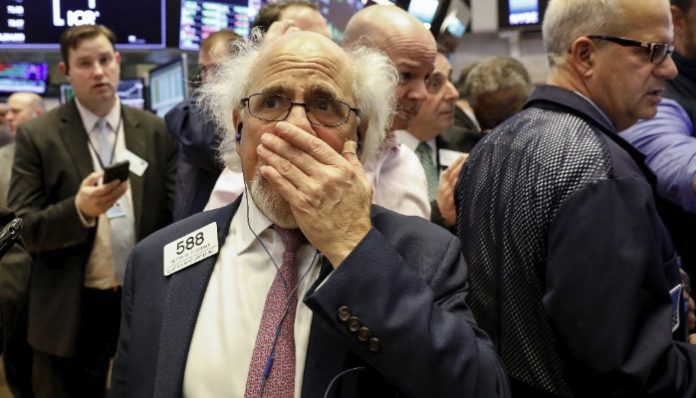Stocks are trading flat this morning while investors digest another week’s worth of jobless claims.
Last week, unemployment insurance fillings totaled 1.877 million, signaling that the labor market may finally be experiencing a slowdown in payroll losses. Unemployment, however, remains sky-high.
Economists expected a weekly jobless increase of only 1.775 million. Today’s unemployment “miss” underscores the fact that despite slowed job losses, Americans aren’t really getting back to work in a partially reopened U.S. economy.
“Even as states reopen, claims in the millions are an indicator that the economic pain of the COVID-19 crisis is still acute,” Daniel Zhao, senior economist at Glassdoor, said.
Continuing unemployment claims, which includes Americans receiving unemployment insurance for at least two weeks, increased by 649,000 since late May – another statistic that was worse than expected.
In total, 21.5 million Americans fall under the continued unemployment category.
Tomorrow, the Labor Department officially releases its May nonfarm payrolls report, which will reveal the official unemployment numbers according to the U.S. government. Economists predict a loss of 8.3 million jobs and an unemployment rate of 20.5%.
Just yesterday, however, ADP and Moody’s Analytics released their own report. It showed a May decrease in private payrolls of only 2.76 million, well below the consensus estimate.
The market roared in response to the data that many bulls viewed as proof of an economic revival.
“The COVID-19 recession is over,” said Moody’s Analytics economist Mark Zandi, immediately after the companies released their report.
“That would make it the shortest recession in history,” Zandi added.
Equities have become somewhat “crisscrossed” in the wake of the conflicting data.
Weekly jobless claims came in worse than expected while Moody’s and ADP argue that, based on May’s private payrolls data, the recession is finished.
Tomorrow’s Labor Department announcement will ultimately clarify the true state of U.S. unemployment. Investors seem more than happy to place their bets today on what the hard numbers will reveal.
The Dow (+0.05%) is trading for virtually no gain as of midday. The S&P (-0.15%) and Nasdaq Composite (-0.50%) are at a daily loss.
The Nasdaq-100 briefly touched a new all-time high this morning before retreating.
Still, many analysts remain optimistic about the current situation.
“May could well end up being the turning point for the viral crisis. The month ended with the virus seemingly under control and with the economy reopening faster than expected,” Brad McMillan, chief investment officer at Commonwealth Financial Network, wrote.
“June will tell us whether that trend continues. But right now? Things look much better than we could have expected a month ago.”
Phil Blancato, CEO of Ladenburg Thalmann Asset Management, believes that sentiment alone may be propelling the extended rally even higher.
“The market is trading on extreme optimism like I’ve never seen in my career. I’ve never seen the market trade on this kind of euphoria without real data to back it up,” Blancato said.
“We’re looking at the worst data in our lifetime. Yet, here we are at all-time highs. Those two don’t normally go together. The market either knows something we don’t or we’re trading on extreme optimism.”
We’ll find out just how faithful bulls really are tomorrow morning after the Labor Department releases its May jobs report.
If the payroll losses are anywhere close to 8 million, expect the selling to begin while investors blame Moody’s Analytics – a subsidiary of Moody’s, which played a major role in the 2008 subprime mortgage crisis – for pulling the wool over the market’s eyes.
Just like the analytics firm’s parent-company did 12 years ago.







